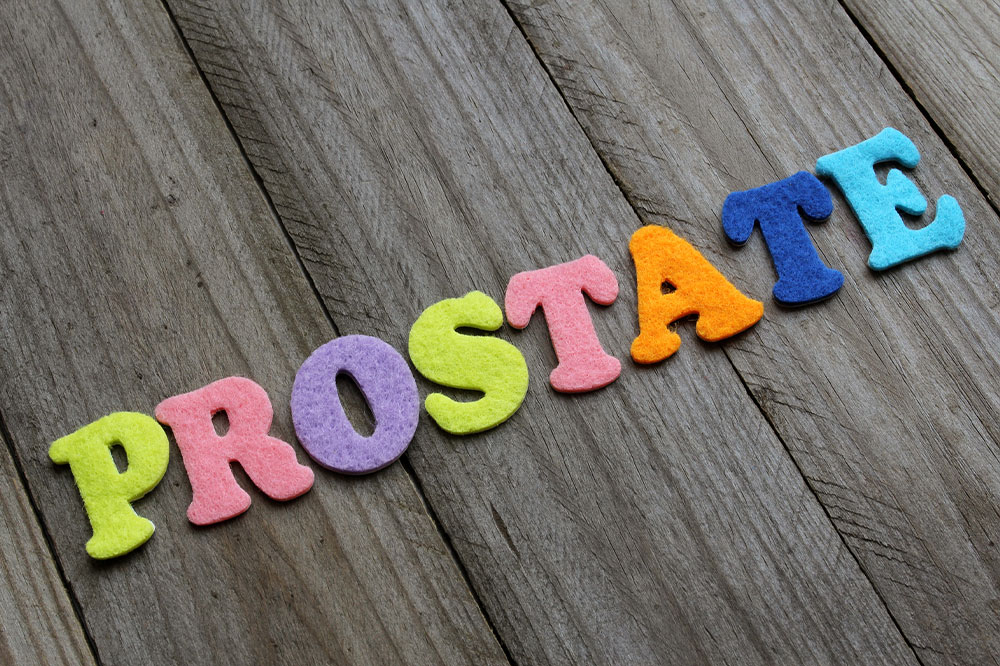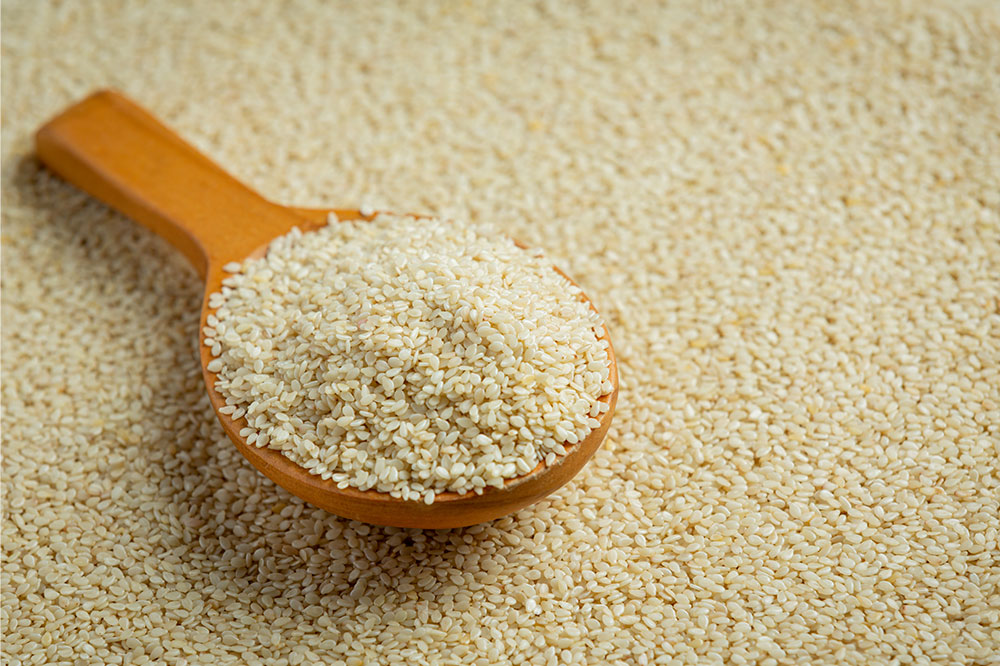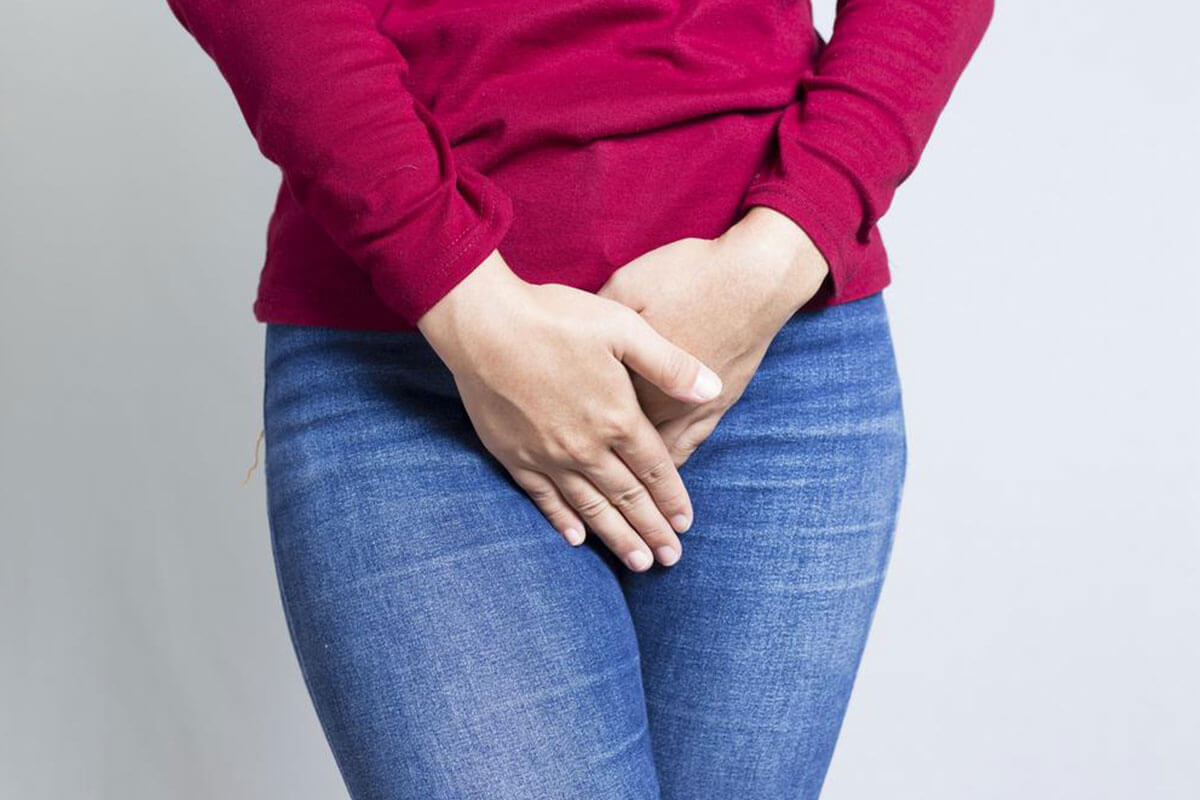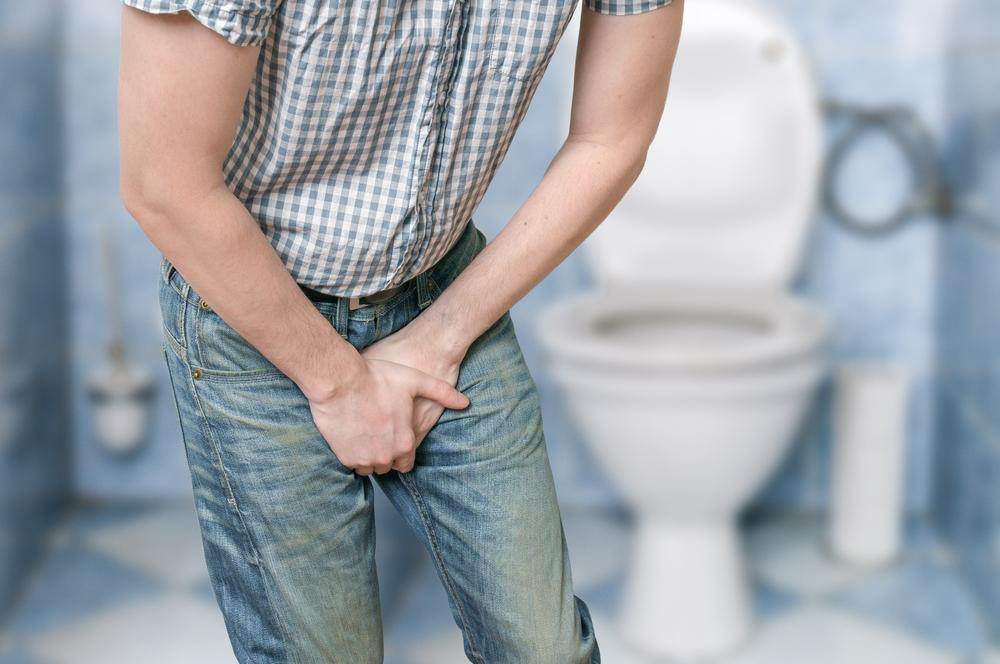Effective Strategies for Treating Enlarged Prostate
Discover effective treatment options for enlarged prostate, including medications, minimally invasive procedures, and lifestyle tips. Learn how to manage symptoms and prevent complications with expert-approved strategies tailored to individual needs, ensuring a better quality of life and urinary health.
Proven Strategies to Manage and Treat an Enlarged Prostate
As men age, they often face issues related to benign prostatic hyperplasia (BPH), commonly known as enlarged prostate. If left untreated, this condition can lead to complications such as urinary retention, kidney stones, infections, and potential kidney damage. Treatment approaches depend on factors like age, prostate size, symptom severity, and overall health. Medical options aim to alleviate symptoms and prevent serious health risks.
Medical Treatments
Alpha-blockers
These medications relax the muscles in the bladder and prostate, easing urination. Patients often see improved urine flow and reduced frequency within days.

5-alpha reductase inhibitors, like dutasteride (Avodart) and finasteride (Proscar), work by blocking chemicals that enlarge the prostate. It may take three to six months to notice symptom improvement. Combining alpha-blockers with these inhibitors often offers enhanced relief, especially when individual medications fall short.
Doctors may prescribe combinations such as finasteride with tamsulosin (Jalyn) for better results. These treatments are administered under medical supervision.
When medications are insufficient, minimally invasive procedures may be recommended. One such option is Transurethral Microwave Thermotherapy (TUMT), which uses microwave energy to target and heat prostate tissue, reducing symptoms. Post-procedure, some men experience temporary difficulty urinating or urinary tract infections.
Steam therapy involves delivering hot water to a balloon within the prostate to selectively warm and destroy problematic tissue, which is then eliminated naturally or reabsorbed.
Laser interventions, like photoselective vaporization (PVP) and HoLAP, utilize targeted laser energy to remove or ablate excess prostate tissue through a scope inserted via the urethra.
More complex cases may require open prostatectomy, where surgeons remove obstructive tissue via small incisions or laparoscopy, especially if other treatments fail or complications arise.
Surgical options include Transurethral Needle Ablation (TUNA), which uses radio waves to destroy prostate tissue, and Transurethral Resection of the Prostate (TURP), considered the gold standard, where a scope removes obstructive tissue through the urethra. TUIP involves making incisions to widen the urethra, improving urine flow.
Self-care measures can also help manage moderate symptoms. Pelvic exercises strengthen the pelvic muscles, reducing pressure on the prostate. Limiting caffeine, avoiding holding urine for long periods, and steering clear of antihistamines and decongestants can prevent symptom escalation.
Consultation with a healthcare professional is essential to determine the most appropriate treatment plan. The goal is to improve urinary function, reduce symptoms, prevent severe complications, and enhance quality of life. For mild cases, watchful waiting might be advised. Advances in minimally invasive techniques and combined therapies hold promise for better outcomes in prostate health management.










